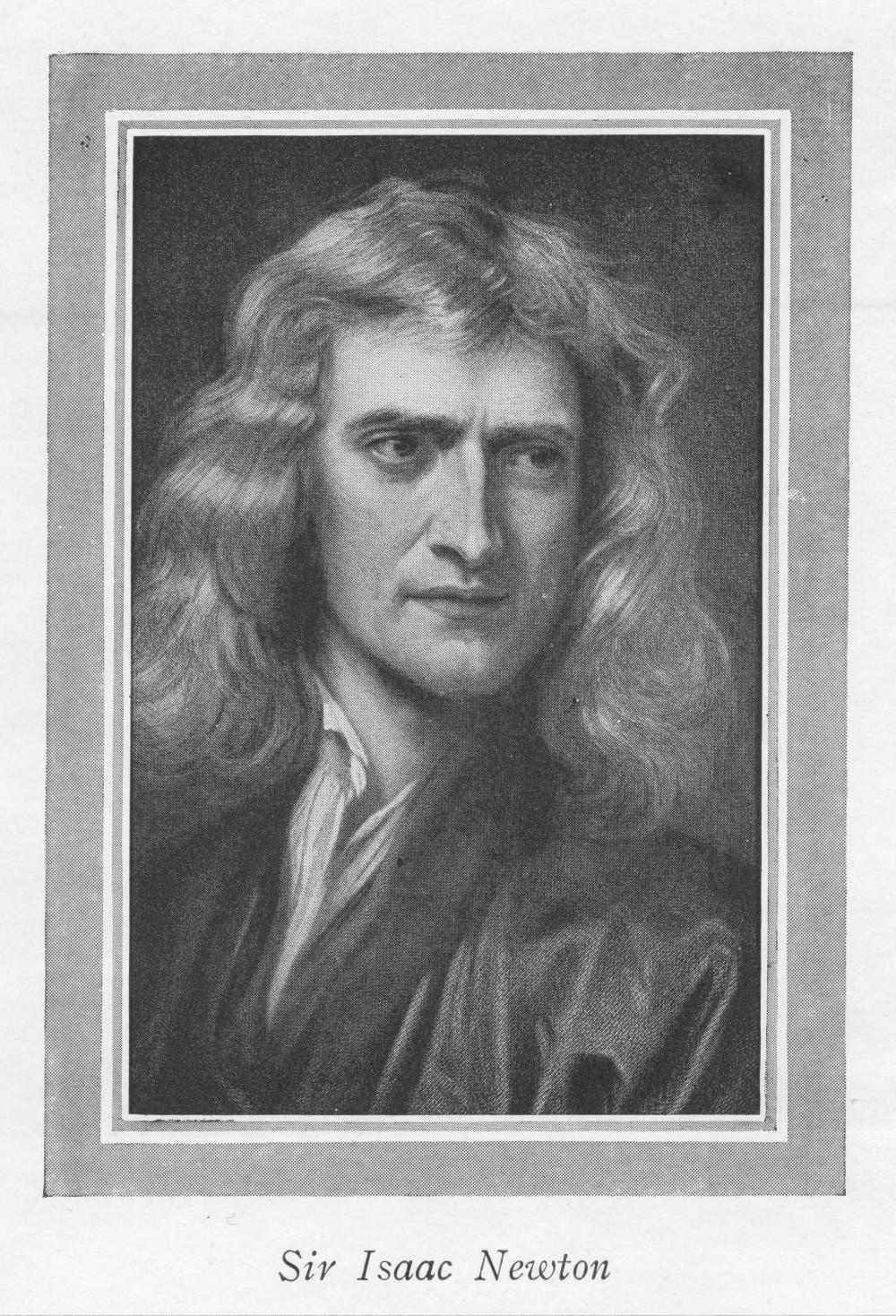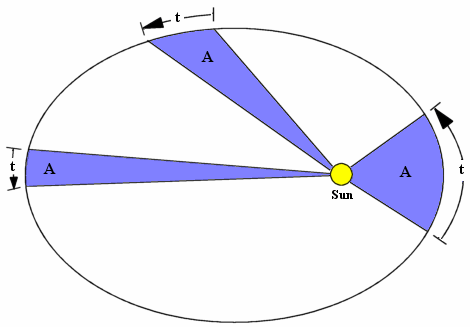Hooke and Newton
by Andy Boyd
Today, the pudding's in the proof. The University of Houston presents this series about the machines that make our civilization run, and the people whose ingenuity created them.
Sir Isaac Newton and Robert Hooke were bitter adversaries. The reasons were many, but one in particular stands out.

Isaac Newton, based on a painting by Kneller. Photo Credit: Wikimedia Commons

Photo Credit: E. A. Boyd
The story begins with the discoveries of Johannes Kepler. Through painstaking calculations carried out over decades, Kepler discovered remarkable geometric facts about the movement of the planets. Problem was, they were simply facts; facts that invoked a sense of 'Wow. That's amazing.' But there was no underlying scientific theory to explain them.

A diagram displaying Kepler's Law. Photo Credit: Wikimedia Commons
That theory would take almost a century to be unveiled. It came in the form of the inverse square law, which simply states that if you double the distance between two bodies their gravitational pull on one another is reduced by a factor of four. Today a first year calculus student can use the law to derive the facts Kepler discovered by observation. But at the time, calculus had yet to be developed. Scholars could make educated guesses, but they didn't have the mathematical machinery to fill in the gaps.
And that's just what a young astronomer named Edmond Halley did. Halley guessed an inverse square law governed how the planets moved and that this could be used to explain some of Kepler's observations. He discussed his idea with Robert Hooke. Hooke not only agreed with Halley, but claimed to have a proof. Yet even after months of waiting Hooke failed to deliver one. So Halley hopped in a carriage and rode from London to Cambridge to meet with Newton.
And here's where things get interesting. When Halley shared his guess with Newton, Newton also claimed to have a proof, but couldn't find it among his papers. He promised to rewrite the proof and send it to Halley in London. Again, Halley waited many months. But in this case the proof arrived. And when Halley received it he immediately knew he held greatness in his hands. For Newton, the proof served as a seed that eighteen months later would blossom into his masterpiece, the Principia.
Hooke, meanwhile, was infuriated, accusing Newton of plagiarism. The timing of events, he reasoned, couldn't be coincidental. But Hooke's cries weren't met with sympathy for a variety of reasons. For one, Hooke never did provide his own proof. For another, Newton developed entirely new mathematics in confirming Halley's guess, and Newton went on to develop not just a theory of gravity, but of motion in general.
Yet there's a much bigger historical lesson. Folklore links Newton's theory of gravity to a flash of inspiration brought about by an apple falling from a tree. True or not, the tale invokes a sense of blue sky revelation on the part of Newton. In actuality, Kepler's results had been discussed and analyzed by scholars for decades. And during that time the idea of an inverse square law had begun to emerge in different quarters. Newton was the genius who eloquently weaved things together, but the idea wasn't his alone.

Rivated work based on a portrait of Isaac Newton. Photo Credit: Wikimedia Commons
I'm Andy Boyd at the University of Houston, where we're interested in the way inventive minds work.
(Theme music)
G. Christianson. The Birth of a Masterpiece. From the NOVA website: https://www.pbs.org/wgbh/nova/newton/principia.html. Accessed July 22, 2015.
M. Nauenberg. 1994. 'Hooke, Orbital Motion, and Newton's Principia.' American Journal of Physics. 62:4, pp. 331-350. See also: http://physics.ucsc.edu/~michael/hookeorbitalmotion.pdf. Accessed July 22, 2015.
This episode was first aired on July 30, 2015